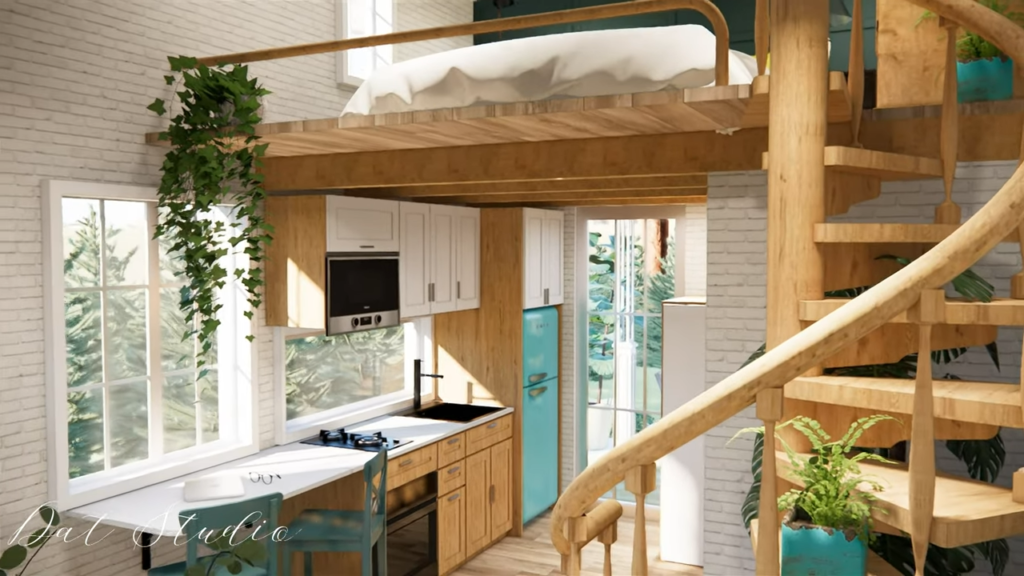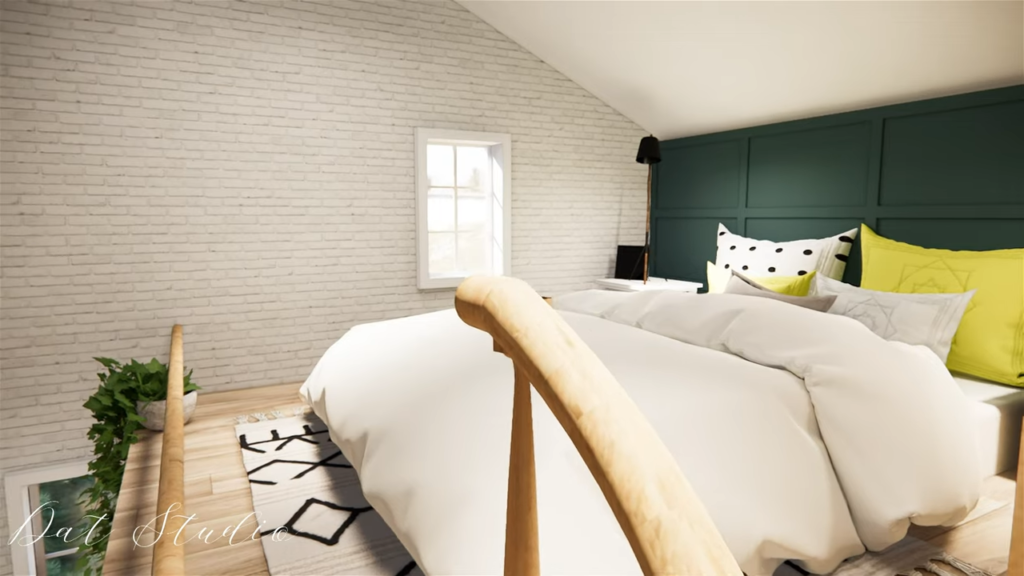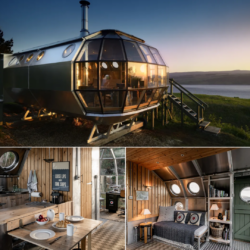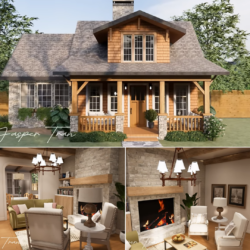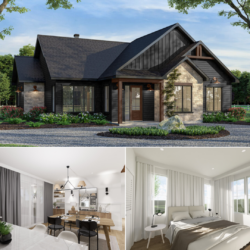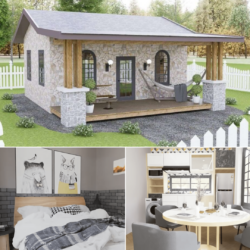
Nowadays, small house designs are becoming more and more popular. Many people prefer to have a living space that not only suits their needs but also tends to reduce environmental impacts and transition to a sustainable lifestyle. Advantageous tiny house designs offer a perfect solution for those who want to meet these needs and live with a smaller footprint.
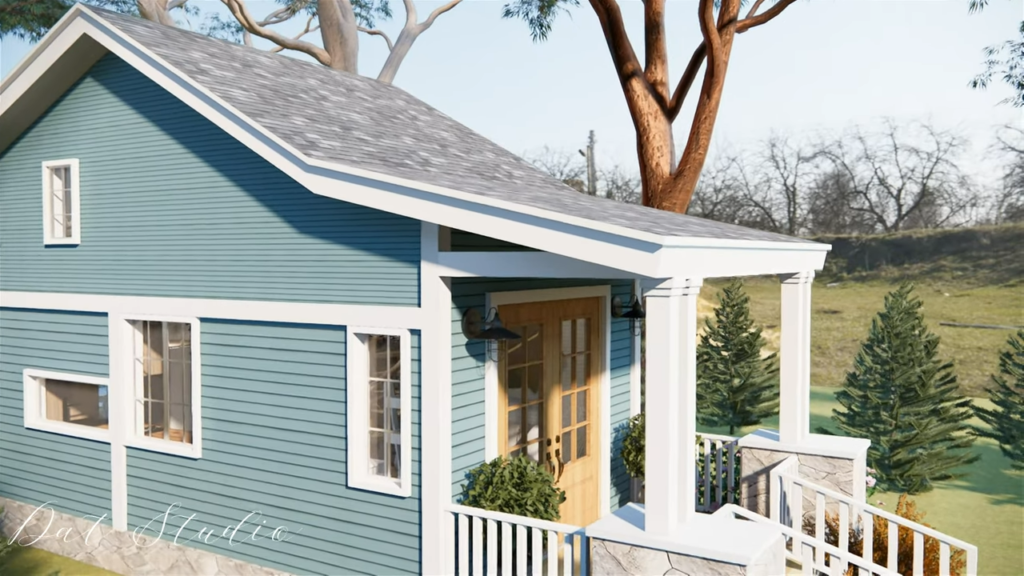
Tiny houses are designed to provide maximum efficiency within limited space. These designs often include multifunctional furniture and storage solutions so that every space can be used to its best advantage. Traditional spaces such as the living room, bedroom, and kitchen are brought together in a compact and cleverly organized way. Thus, tiny house owners can have everything they need, but at the same time avoid wasting excess space.
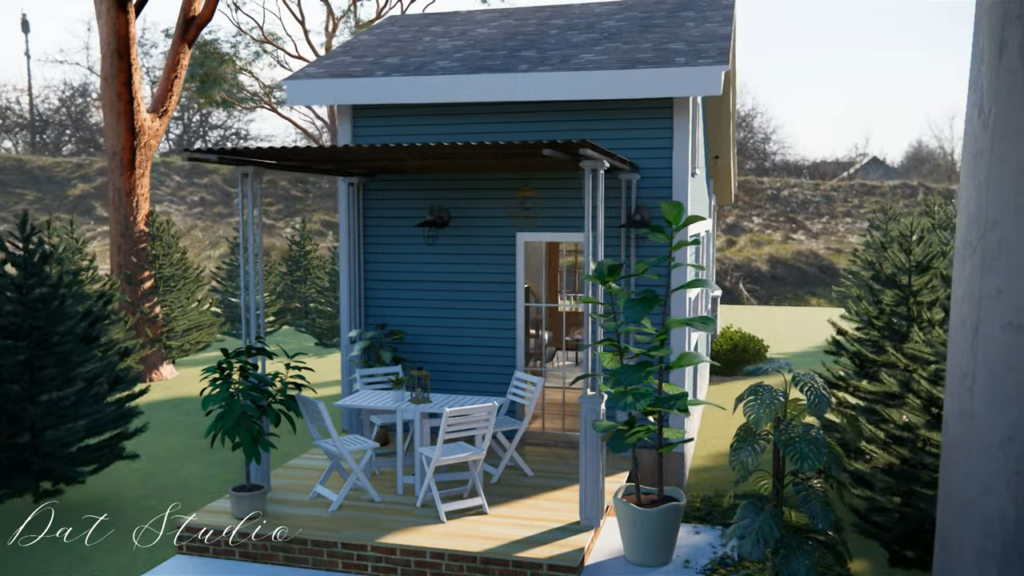
Another advantage of these designs is that they save energy and resources. A smaller space is often easier to heat or cool, reducing energy costs. Additionally, tiny houses are often built with eco-friendly materials and energy-efficient systems, minimizing environmental impacts.
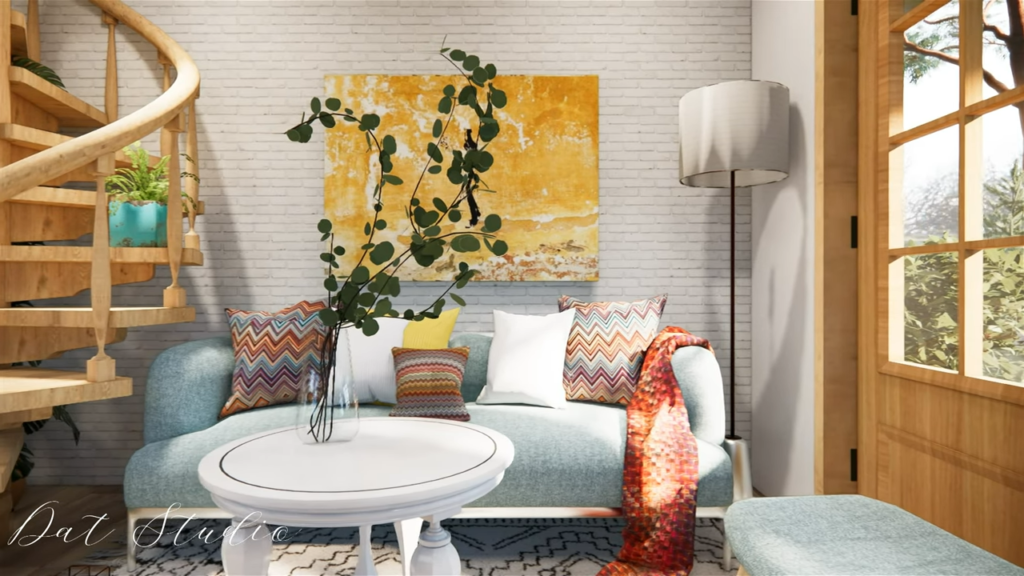
Sustainability is a fundamental tenet of tiny house designs. Tiny houses generally require the use of fewer materials, which means less consumption of natural resources during the construction process. Additionally, tiny house owners often adopt a minimalist lifestyle, which reduces their consumption habits and places less burden on nature.

Tiny houses offer owners freedom and flexibility. Because a smaller home generally costs less, homeowners need to borrow less. This allows them to live a more financially independent life. Additionally, tiny houses can often be built on wheeled chassis, giving owners the freedom to relocate whenever they want.
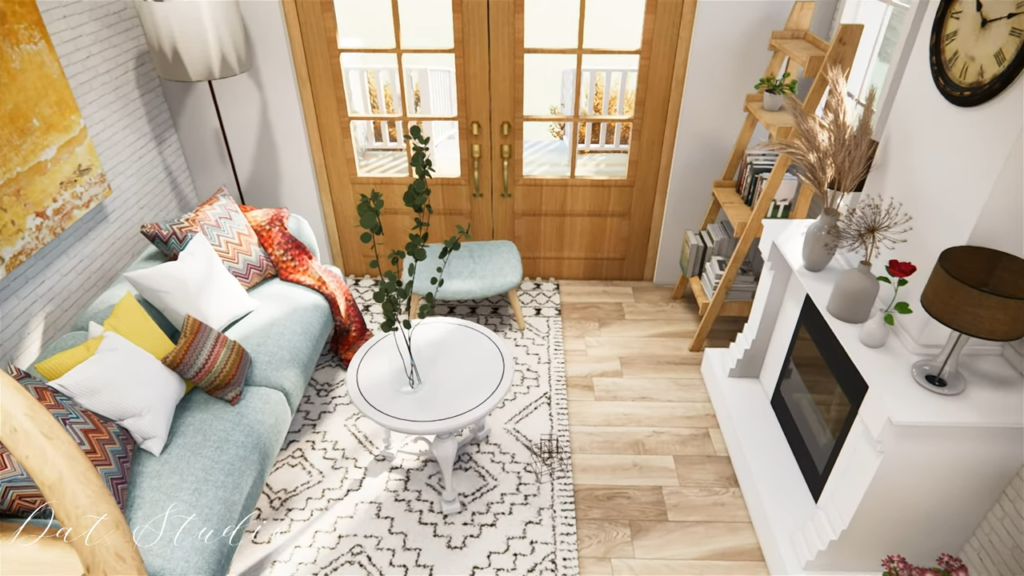
Tiny house designs encourage creativity to make living spaces more meaningful and personal. Limited space forces owners to choose only the items they need and focus on meaningful collections. This offers tiny house owners the opportunity to focus on intangible values and unique experiences.
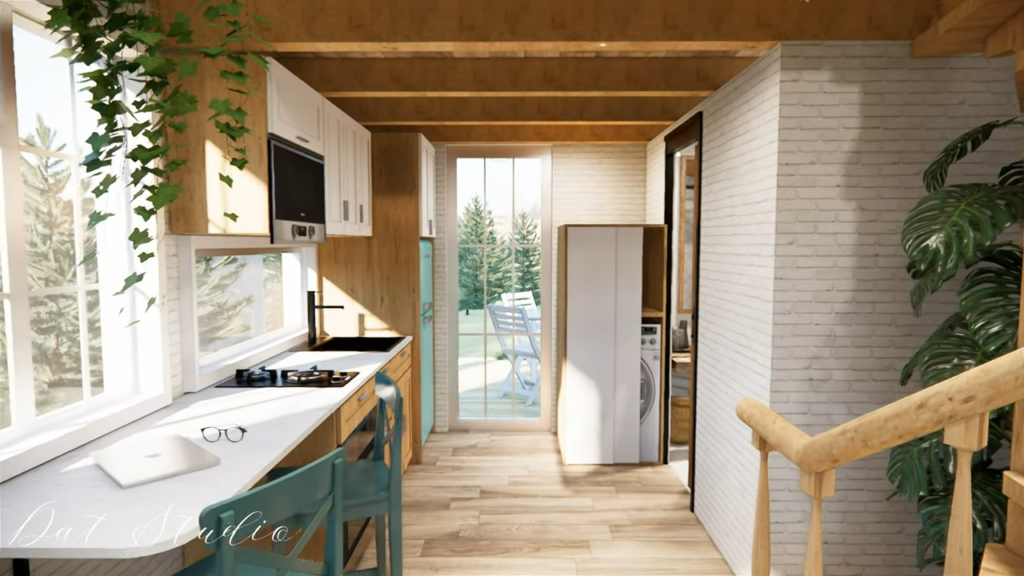
Tiny houses are also becoming attractive from a sustainable urban planning perspective due to their potential to minimize environmental impacts. Denser residential settlements can reduce energy consumption, increase public transport use, and allow more efficient use of urban areas. This could be an important solution to deal with the problems of population growth and urban expansion in major cities.

Additionally, owners of tiny houses often embrace an ecological lifestyle. A smaller home automatically consumes less energy, which reduces the carbon footprint. Combined with innovative solutions such as energy-efficient appliances, solar panels, and gray water recycling systems, tiny houses encourage the transition to an environmentally friendly lifestyle.

These designs can also strengthen community ties. Tiny house villages or communities allow people with similar values to come together. These environments encourage a culture of solidarity and sharing, enabling people to help each other and strengthen social ties.
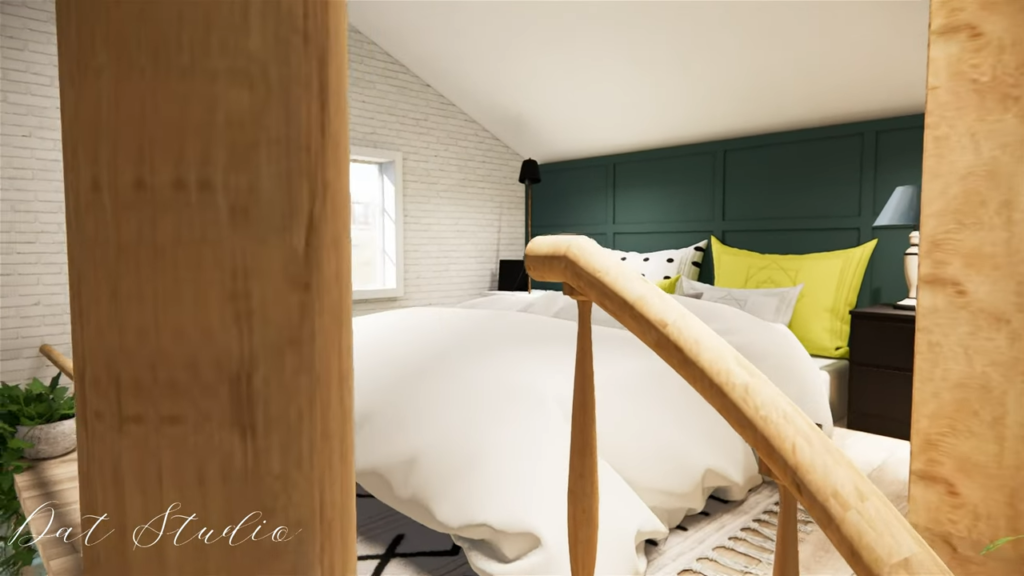
As a result, advantageous tiny house designs not only offer a practical living space but also a range of benefits such as environmental sustainability, financial freedom, and personal enrichment. These designs offer an inspiring option for those who want to adopt a sustainable lifestyle to adapt to the changing needs of modern society.

